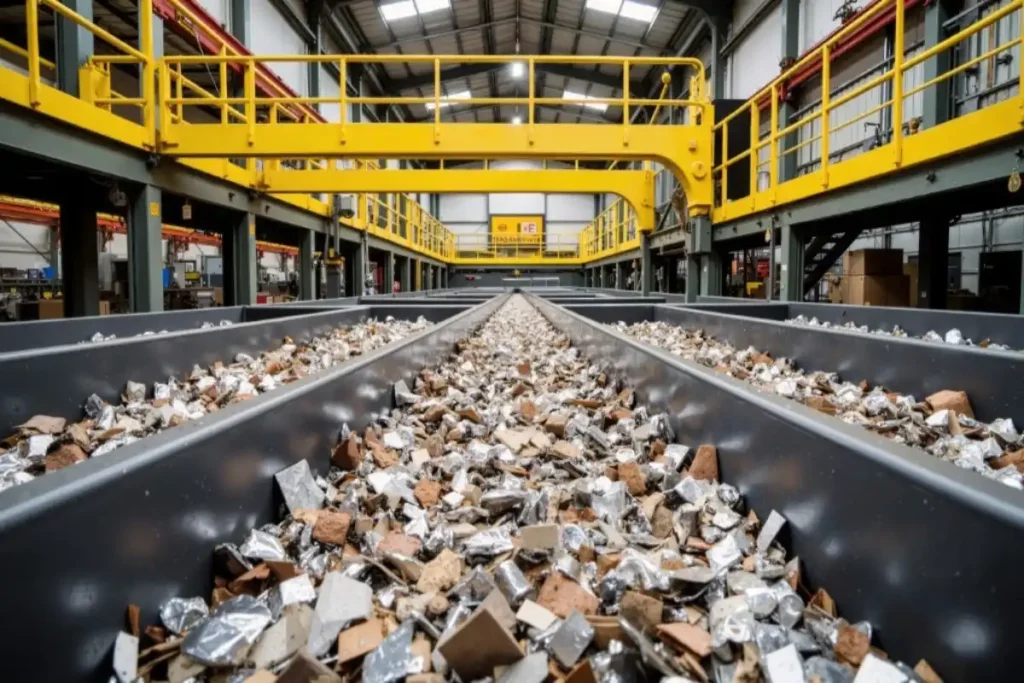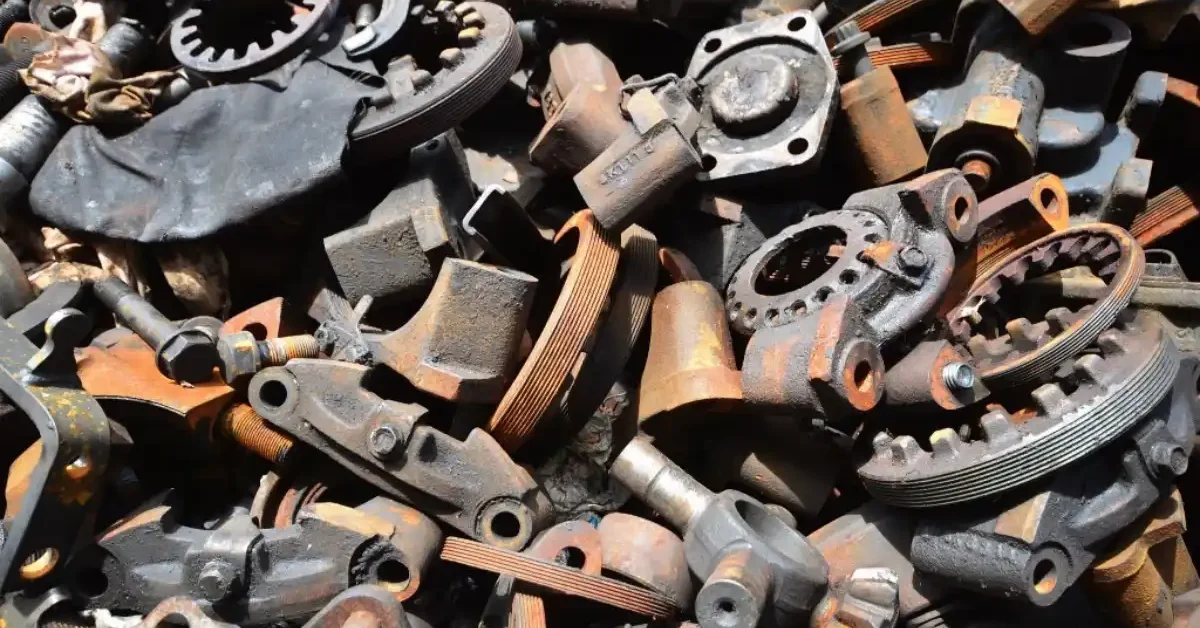Industrial operations produce constant offcuts, shavings, and discarded components. When treated as waste, these materials represent lost revenue and higher disposal costs.
However, when managed well, they become a resource that supports sustainability goals and adds financial value. Commercial scrap metal management stands at the crossroad of profit and responsibility. It helps businesses cut costs, reduce risk, and build stakeholder credibility.
Contents
Reframing Scrap as a Resource
Commercial scrap metal should never be considered useless leftovers. Every piece of aluminum, stainless steel, or copper carries intrinsic value tied to global metal prices. Businesses that recognize this shift can treat scrap metal as a tradable asset rather than a burden.
Forward-thinking companies create internal scrap banks, where departments add excess material and receive credit for its value. The system keeps financial benefits clear within the organization and encourages teams to stay efficient. Scrap stops being a byproduct and starts functioning like a secondary revenue stream.
Specialized scrap metal recycling company services also support this shift in perspective. They offer quick assessments, handle logistics, and connect businesses to larger markets so companies gain the full financial and environmental value of their scrap. By engaging these services, even firms without in-house expertise can treat metal scrap as a strategic resource.
Designing Smarter Collection Systems
Efficient collection begins at the production line. Well-placed bins and sorting stations lower contamination and reduce extra handling. A bin full of mixed ferrous and non-ferrous metals often fetches far less on the resale market than one separated by grade.
Color-coded bins and simple labels make sorting easy, even for employees without technical training. Automation adds another layer of efficiency. Some companies now use smart bins with weight sensors that signal collection teams once capacity is reached. The result is cleaner scrap, fewer safety hazards, and streamlined workflows.
Tracking and Accountability
Without records, scrap piles blend into the background. Digital scrap ledgers help track volume, weight, and grade, creating a clear picture of material flows. The data highlights improvement opportunities, like reducing material offcuts in specific processes.
Some businesses are testing blockchain for secure tracking, especially in industries with strict compliance. Transparent records not only prove responsible handling but also strengthen sustainability reports. Commercial scrap metal management builds credibility when recovery rates and carbon savings appear in ESG reports.
Strengthening Partnerships
Scrap dealers should be seen as partners instead of passive buyers. A steady supply of sorted, high-quality material often earns higher rates and more reliable contracts. Dealers gain efficiency, and businesses benefit from stronger long-term relationships.
Working with a professional recycling company can simplify this process. Many handle collection, transport, and processing, ensuring valuable materials like stainless steel or aluminum cans reach the right markets. Their expertise allows businesses to maximize returns without adding strain to internal resources.
Companies can also explore collective strategies. Industrial parks or groups of manufacturers may set up local scrap exchanges, where one firm’s byproduct becomes another’s input. This reduces transportation costs and builds regional resilience. In some areas, municipalities offer tax credits or reduced landfill fees to companies with recycling agreements.
Innovation in Processing and Reuse

More companies are choosing to process scrap on-site before selling it. Compact shredders, balers, and presses allow metal to be condensed and shipped more efficiently. This reduces hauling costs while also raising the material’s resale value.
A step further is closed-loop manufacturing, where recycled scrap feeds back into the company’s own production cycle. Businesses cut raw material expenses and lower energy use by substituting scrap for virgin materials. Some even design products with future disassembly in mind, making reclaiming high-value metals at the end of a product’s life easier.
Compliance and Risk Management
Scrap management also raises regulatory and security concerns. The construction, automotive, and energy sectors often have mandatory reporting requirements for scrap handling. Maintaining detailed records helps avoid fines and ensures smooth audits.
Another challenge lies in theft prevention. Metals like copper command high resale prices, which makes them attractive targets. Secure storage areas, restricted access, and digital tracking systems help reduce losses. Insurance providers may even reward companies that demonstrate strict safety and handling procedures.
Responsible management also builds an ethical sourcing narrative. Companies that manage scrap responsibly avoid links to illegal exports or unsafe metal recycling practices overseas. This strengthens both brand reputation and investor trust.
Measuring Broader Impact
Commercial scrap metal management creates ripple effects that extend far beyond a balance sheet. Recycling metals uses less energy than producing them from raw ore, cutting greenhouse gas emissions. Companies that track and publish these savings give clear proof of their environmental efforts.
A thoughtful scrap strategy can also build community connections. Donating offcuts to schools or providing materials for public projects shows corporate responsibility in action. Where circular economy practices grow, these steps can influence procurement and give companies an edge in contracts.
Conclusion
Treating scrap as waste ignores both financial and environmental opportunity. Businesses that use commercial scrap metal management lower costs, build partnerships, and show real progress in sustainability.
As markets and regulations evolve, scrap strategies will shift from optional to essential. Acting now allows companies to work efficiently and lead in creating a resource-conscious future.

